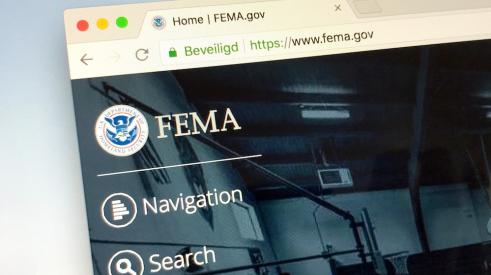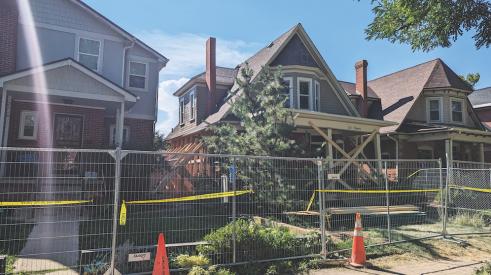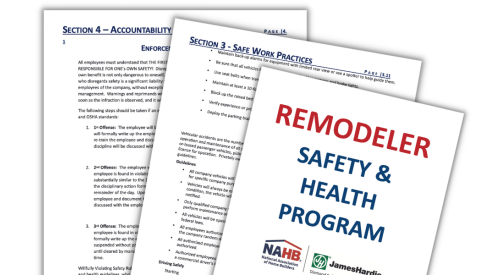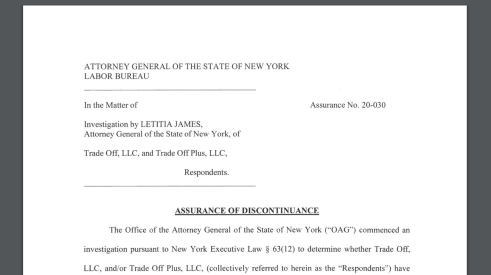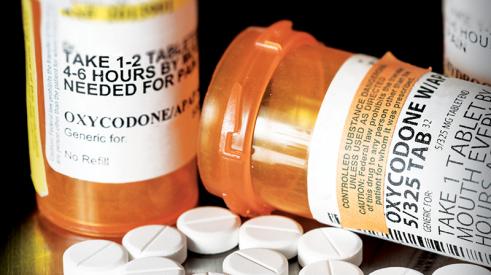It’s been seven months since Hurricane Sandy slammed the Mid-Atlantic and New England shorelines. Sadly, for most Americans, the storm has become a distant memory. As for the victims, many are fighting insurance companies for fair compensation for the damage sustained, which has curtailed rebuilding efforts.
In early May, I received an email from David Mahler, president of Koncepts Construction Corp., a home improvement contracting firm based in Bellmore, N.Y. Mahler’s home, also in Bellmore, was one of the thousands of homes destroyed by the storm. Mahler contacted Professional Remodeler to provide a first-person account as both a remodeler and a resident rebuilding his home after the storm. According to Mahler, only now are rebuilding efforts starting to gain traction.
First, let’s backtrack seven months. Mahler says the first few days following the storm were “mind blowing. Our neighbors and friends were like zombies. We walked in and out of what remained of our homes, mindlessly ambling around the property, picking up what we could, trying to put our lives back together,” Mahler says. Many in the area took to camping inside of their homes with no power or heat, cooking any and all food on propane grills in an effort to retain a sense of normalcy amid the destruction. For those who remained, there were daily trips out of state for fuel for generators, food, and water. The days were tough, but the nights were even tougher as looting became common during the midnight hours.
It was two weeks before power was restored to the neighborhood, which allowed Mahler to better assess damage. At this point Mahler began the process of rebuilding of his home. After months of cleaning up his property and drying out his home, he eventually interviewed and hired subcontractors to start rebuilding his home (Koncepts Construction serves as GC). Currently, they are three months into the project, within budget, and ahead of schedule.
I asked Mahler to offer advice to our readers from the perspective of a homeowner and a remodeler in how to deal with such a devastating property loss and rebuilding project.
“The most logical answer that I can offer you, after much thought, consideration, inflection, and reflection, is empathy,” Mahler says. “A disaster rebuild involves a huge level of emotion when dealing with clients who want, or are in the midst of, a rebuild. What we have seen firsthand is that prospects will run the gamut from the people simply looking for an estimate to the shell-shocked victims that need guidance, assurance, and assistance in the form of a quote.”
Mahler found both will yield clients and projects but suggested remodelers must address the situation over the project.
“A remodeler that has empathy for the client, and understanding of the situation, meaning the project scope from a start-to-finish perspective, the budget, time frame and mostly, FEMA, NFIP, and homeowners insurance proposed or expected participation in funding, as well as the mortgage company’s allocation plan, will have puzzle pieces that result in a project commitment,” Mahler says.
A first-person account of Mahler’s reconstruction project as well as a slideshow is available at housingzone.com/mahler. If you are interested in contacting Mahler with questions, he can be reached at dmahler@spec.net. PR
David Mahler, president of Koncepts Construction Corp., a home improvement contracting firm based in Bellmore, N.Y. contacted Professional Remodeler to provide a first-person account as both a remodeler and a resident rebuilding his home after Hurricane Sandy. According to Mahler, only now are rebuilding efforts starting to gain traction.
Add new comment
Related Stories
Working Toward Affordable, Resilient Homes
A new natural disaster protection act from NAHB aims to support hazard mitigation projects
Crawl Spaces to Basements: Proceed with Caution
Converting a crawl space to other uses can upgrade a home and add significant value, but when done incorrectly, it can also be disastrous
NAHB Releases Remodeler Jobsite Safety Plan Outlines
NAHB recently released a remodelers safety & health program for small remodeling businesses
Checking Your Client’s Chimneys? Look For These Common Damages
5 Ways Remodelers Can Beat the Heat
Heat-related safety precautions are even more imperative during the coronavirus pandemic, rising temperatures
New York Construction Company to Pay $1.5 Million to Sexual Harassment Victims
An investigation from the New York Attorney General revealed Trade Off Construction Services had not only ignored severe complaints of sexual harassment but retaliated against them for it
Remodeling Mastery by Mark Richardson: Pro Remodeler's Tony Mancini Talks Health and Safety
NAHB Chair Shares How Association is Responding to COVID-19
NAHB 2020 Chariman Dean Mon discusses the challenges remodelers need to prepare for in the coming weeks and months
Another Study Confirms Construction's Opioid Problem
Injuries and job insecurity seem to be the major culprits




